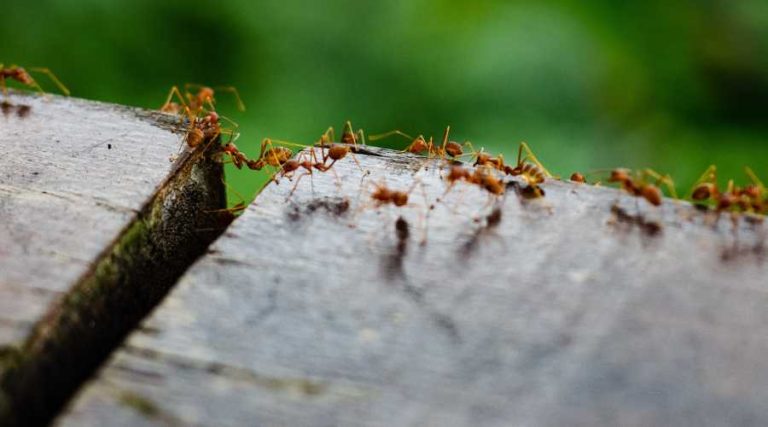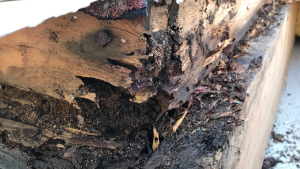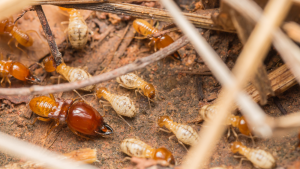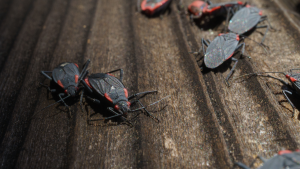Your California home may be being overrun by ants. This is due to the unexpected rise in importance of these insects over the entire state of California. It’s likely that some people won’t find it frightening, but for others, it might be very terrible. So why do you think there may be an insect invasion? The numerous ant species that can be found in California will be covered on this page, along with ant infestation remedies.
Can ants actually harm your house?
Ants are a threat, but how much of one? is a frequent question, and we’re pleased to respond! To put it simply, a lot.
The first issue is that ants might damage your belongings. Because they can bite through any material, including hard surfaces like metal, glass, and wood, they are quite popular. The degree of harm that different species can cause to your wooden fence, deck, or other buildings will vary. There are several ways that ants could taint your food. This is because everybody who visits your home will surely come across trash and other unclean locations. Since it makes it easier for insects and other pests to get into the food supply, this creates a health risk. One other thing: ants might become a constant annoyance. These unwelcome bugs have an acute sense of smell, which they make use of when looking for food. If you have an ant infestation, be ready to live with cockroaches, spiders, rats, and other creatures that eat ants.
Typical House Ants
California is a desirable place for ants to live because of its nice climate and abundance of vegetation. This is true, and it explains why ants will attempt to enter your house in search of food, water, and shelter. The following ant species are the most frequent home invaders:
Argentine Ants
Argentine ants are a common issue in California. They are only slightly longer than an eighth of an inch. Their bodies are smooth and have various shades of brown. Argentine ant nests are populated by lots of worker ants. They construct their nests underground or cover them with rocks, logs, or other out-of-the-way materials. They seek hiding places like the insides of drawers and cracks in the walls in order to settle down. By crushing one of these bugs and breathing in the odor that results, you can smell their musty presence in your house. The opportunistic feeders known as Argentine ants will consume almost anything, including other insects, meat, and sweets. To deter Argentine ants, remove any grass and plants from the area around your home, seal up any gaps, and put all sweet items in airtight containers.
Carpenter Ants
Carpenter ants are among the deadliest insects you might come across in California. These insects range in size from 3/8 inch to 1/2 inch, and their color is either black or dark brown. Carpenter ants drill holes in the wood to utilize it as a nest. If you don’t get rid of them, they could seriously damage your home. If given the choice, carpenter ants will choose to nest in living, healthy trees. If not, they will wander outside and choose a dead tree or stump. Once they are in your house, they are free to sit wherever they choose.
Carpenter ants, if unchecked, can harm a building’s interior structure just as much as termites can. Use boric acid to kill insects and seal any holes, then use dish soap and scented oils to get rid of any remaining scents.
Grease Ants
Grease ants, a particular species of small bug, are also known as thief ants. They are around 1/625 of an inch in size. They frequently steal food from nearby ant colonies and bring it back to their own, hence the name. Thief ants lack a waist and are frequently yellow or light brown in color. Their bottom body has a darker colour than the rest of it. You can see a tiny stinger sticking out of the very end of their bellies.
A single colony of thief ants may include up to 300,000 individuals. There may be several queens living together in the same colony. Each queen can produce up to 40 eggs every day. Two weeks pass before the eggs hatch into larvae. The larvae undergo a protracted transformation process before they may start foraging as adults.
This species is frequently mistaken for a pharaoh ant because of its enormous size and persistent foraging. A thieving ant colony must be found using bait stations, which must be positioned close to other ant nests, before it can be eliminated. Once you’ve found the nest, the next step will be obvious.





